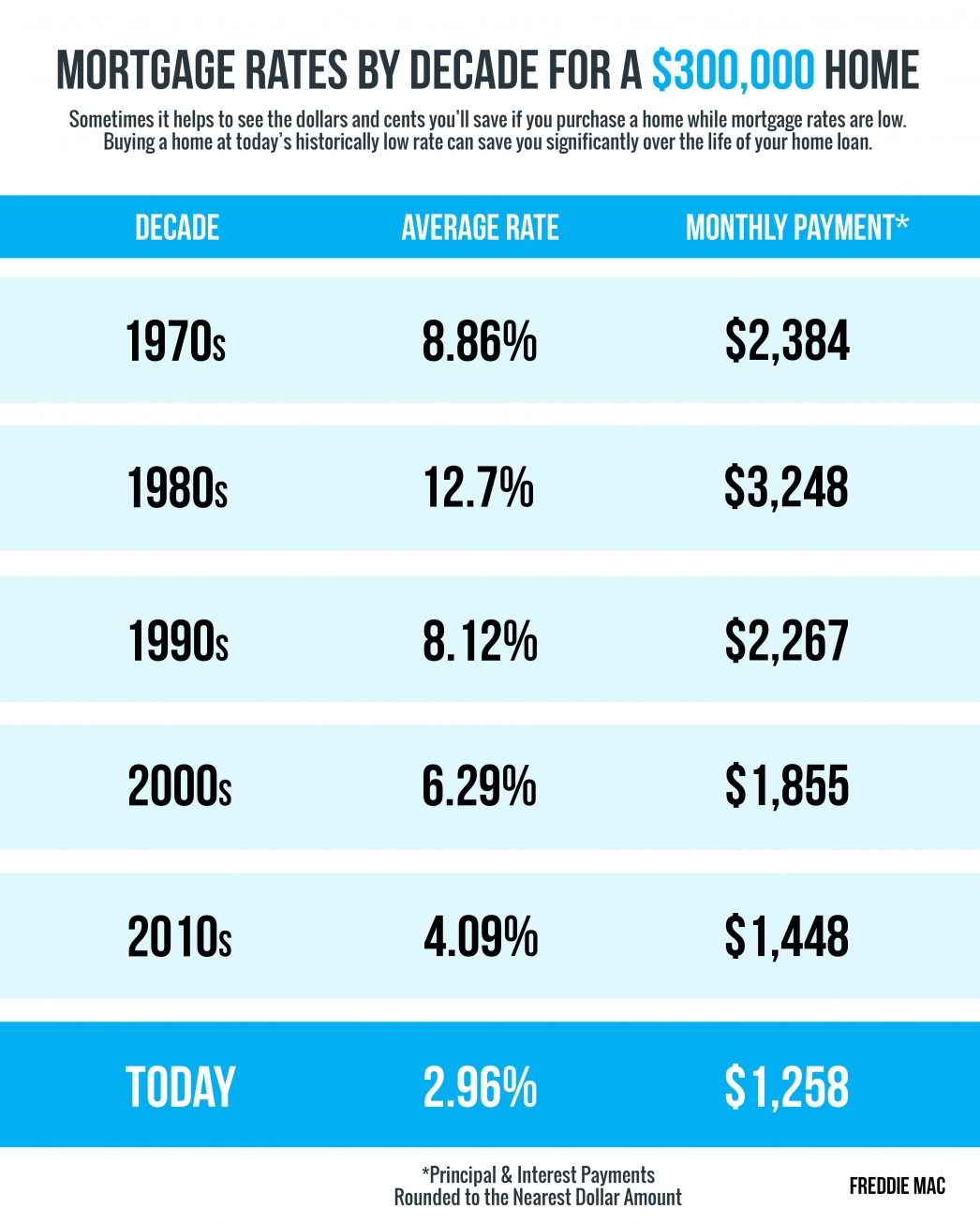Tim Cook's Challenges: Navigating Apple Through Turbulent Times

Table of Contents
Maintaining Innovation in a Mature Market
Apple's success is intrinsically linked to its ability to consistently deliver groundbreaking products. However, maintaining innovation in a mature smartphone market presents a significant challenge. The pressure to release new products that excite consumers and justify the premium Apple prices is immense.
- The pressure to consistently release groundbreaking products: While the iPhone remains a cash cow, market saturation necessitates continuous innovation. The pressure is to create not just incremental improvements, but genuinely disruptive technology that justifies the significant investment in research and development (R&D).
- Balancing innovation with maintaining profitability: Successfully launching new, innovative products requires substantial upfront investment. Simultaneously, Apple must manage its existing product lines, ensuring their profitability while allocating resources to future projects. This delicate balancing act is a constant challenge.
- Investing heavily in R&D: Apple's future hinges on exploration of emerging technologies. Significant investment in R&D is crucial for exploring areas such as augmented reality (AR), virtual reality (VR), artificial intelligence (AI), and even the automotive sector, all potential future growth drivers for the company.
- Revitalizing existing product lines: Software updates and feature enhancements play a crucial role in extending the product lifecycle and maintaining customer engagement. Continuous software improvements are essential to keep older devices relevant and appealing, maximizing their lifespan and profitability.
Navigating Global Supply Chain Disruptions
Apple's global supply chain, once a source of competitive advantage, has become a significant vulnerability. Geopolitical instability and unforeseen events like the COVID-19 pandemic exposed the fragility of relying on a globally dispersed manufacturing network.
- The impact of geopolitical instability and the pandemic: The pandemic exposed weaknesses in Apple's reliance on concentrated manufacturing hubs. Component shortages and factory closures led to production delays and impacted the availability of products. Geopolitical tensions further complicate the sourcing of critical components.
- Strategies to diversify sourcing: In response, Apple has been actively diversifying its supply chain, exploring alternative manufacturing locations and suppliers to reduce its reliance on any single region or provider. This strategy is crucial for resilience against future disruptions.
- Nearshoring and regionalization: The trend towards nearshoring—moving manufacturing closer to key markets—and regionalization is gaining momentum. This reduces transportation costs, lead times, and vulnerability to geopolitical instability.
- Balancing cost-effectiveness with resilience and ethical sourcing: Diversification and nearshoring initiatives present a complex cost-benefit analysis. Apple must balance the desire for cost-effective manufacturing with the need for resilient and ethically responsible supply chains.
Addressing Growing Regulatory Scrutiny and Antitrust Concerns
Apple's dominance in the tech market has attracted significant regulatory scrutiny and antitrust concerns globally. This has manifested in various legal battles and investigations focusing on Apple's business practices.
- App Store policies: The ongoing legal battles surrounding Apple's App Store policies, particularly its 30% commission on app sales, have highlighted concerns about its market power and its impact on app developers.
- Data privacy concerns: Apple faces growing pressure to address concerns regarding user data privacy and security. Maintaining user trust while utilizing data for product improvements and personalized experiences presents a delicate balance.
- Navigating complex international regulations: Apple operates globally, necessitating compliance with diverse and often conflicting international regulations and legal frameworks. This requires significant resources and expertise.
- Proactive engagement with regulators: To mitigate risks and maintain a positive public image, Apple actively engages with regulators, striving for transparency and compliance. This proactive approach aims to build trust and foster a constructive dialogue.
Balancing Profitability with Social Responsibility
Apple, like many other large corporations, is increasingly under pressure to balance its profitability with its social responsibility. This includes commitments to environmental sustainability, ethical labor practices, and corporate social responsibility (CSR) initiatives.
- Apple's commitment to environmental sustainability: Apple has pledged to achieve carbon neutrality across its entire value chain by 2030. This ambitious goal requires significant investments in renewable energy and sustainable manufacturing processes.
- Improving labor conditions: Apple has undertaken considerable efforts to improve labor conditions within its supply chain, working with suppliers to improve working conditions and ensure fair wages.
- Balancing profitability with CSR: The challenge lies in integrating CSR initiatives seamlessly into the business model without compromising profitability. This requires careful planning, resource allocation, and innovative solutions.
- Communicating CSR initiatives: Effectively communicating these initiatives to consumers and investors is critical. Transparency and clear reporting are essential to build trust and demonstrate accountability.
Conclusion
Tim Cook's leadership of Apple during turbulent times has been marked by significant challenges. From navigating supply chain disruptions and antitrust scrutiny to maintaining innovation and fostering social responsibility, Cook has demonstrated resilience and strategic foresight. His ability to adapt to rapidly changing market conditions and address evolving social expectations will continue to define Apple's future. His handling of these challenges, and the resulting impact on Apple stock, is a testament to his leadership.
Call to Action: Learn more about the leadership strategies employed by Tim Cook and how he continues to navigate Apple through challenging economic and geopolitical landscapes. Explore further articles on Tim Cook's challenges and Apple's future.

Featured Posts
-
 Lock Up Season 5 A Comprehensive Tv Guide To The Action
May 26, 2025
Lock Up Season 5 A Comprehensive Tv Guide To The Action
May 26, 2025 -
 Mmkf 2024 Tseremoniya Nagrazhdeniya I Imena Pobediteley V Moskve
May 26, 2025
Mmkf 2024 Tseremoniya Nagrazhdeniya I Imena Pobediteley V Moskve
May 26, 2025 -
 Jensons Fw 22 Extended New Features And Details
May 26, 2025
Jensons Fw 22 Extended New Features And Details
May 26, 2025 -
 Rtbf Et Les Diables Rouges Vers Une Nouvelle Ere De Diffusion
May 26, 2025
Rtbf Et Les Diables Rouges Vers Une Nouvelle Ere De Diffusion
May 26, 2025 -
 Melanie Thierry Et Raphael L Education De Leurs Trois Enfants Un Defi A Chaque Age
May 26, 2025
Melanie Thierry Et Raphael L Education De Leurs Trois Enfants Un Defi A Chaque Age
May 26, 2025
Latest Posts
-
 Personal Loan Interest Rates Today Financing Starting Under 6
May 28, 2025
Personal Loan Interest Rates Today Financing Starting Under 6
May 28, 2025 -
 Finding A Direct Lender For Bad Credit Personal Loans Up To 5000
May 28, 2025
Finding A Direct Lender For Bad Credit Personal Loans Up To 5000
May 28, 2025 -
 Personal Loans With Guaranteed Approval For Bad Credit Up To 5000
May 28, 2025
Personal Loans With Guaranteed Approval For Bad Credit Up To 5000
May 28, 2025 -
 Abd Tueketici Kredileri Mart Ayi Artisinin Sebepleri Ve Sonuclari
May 28, 2025
Abd Tueketici Kredileri Mart Ayi Artisinin Sebepleri Ve Sonuclari
May 28, 2025 -
 Secure Personal Loans For Bad Credit Direct Lender Options And Up To 5000
May 28, 2025
Secure Personal Loans For Bad Credit Direct Lender Options And Up To 5000
May 28, 2025
